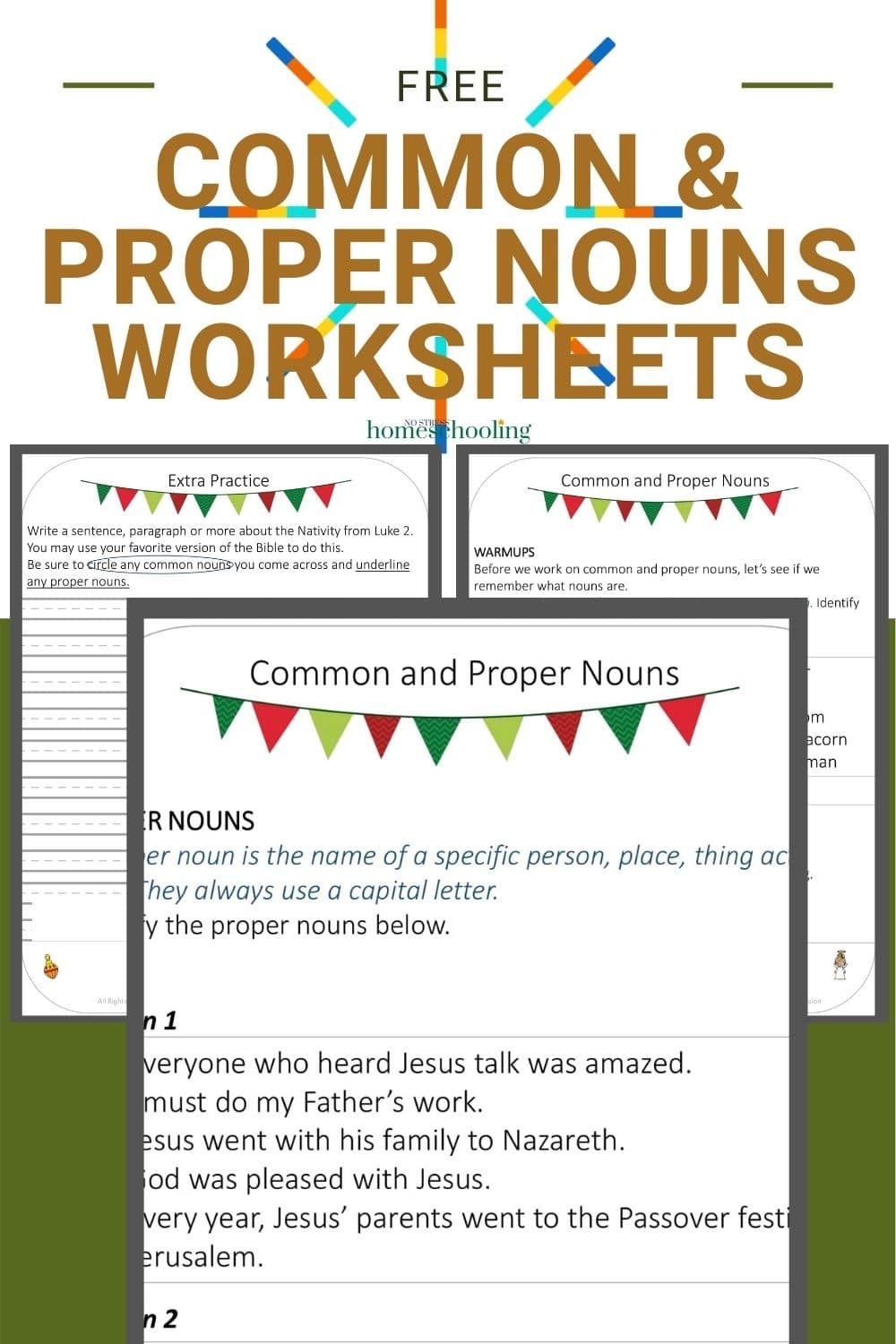When learning about nouns, it is important to understand the difference between common and proper nouns. Nouns are words that represent a person, place, thing, or idea. Common nouns refer to general items, while proper nouns specifically name a particular person, place, or thing. By being able to identify common and proper nouns, you can enhance your writing skills and improve your understanding of grammar.
Common nouns are used to name general items, such as “dog,” “city,” or “book.” These nouns do not require capitalization unless they appear at the beginning of a sentence. Proper nouns, on the other hand, name specific individuals, places, or things and always begin with a capital letter. Examples of proper nouns include “John,” “Paris,” and “The Great Gatsby.”
One way to differentiate between common and proper nouns is to consider whether the word is referring to something in general or something specific. For instance, “teacher” is a common noun because it refers to any educator, while “Mrs. Smith” is a proper noun because it specifies a particular teacher. By paying attention to the details and context of the word, you can easily identify whether it is a common or proper noun.
It is important to note that common nouns can become proper nouns when they are used in a specific context. For example, “the president” is a common noun when referring to any leader of a country. However, when used as “President Biden,” it becomes a proper noun because it names a specific individual. Proper nouns can also include titles, such as “Doctor,” “Professor,” or “Captain,” when they are used before a person’s name.
One common mistake when identifying nouns is confusing names of seasons, months, and days of the week. Seasons, months, and days of the week are considered proper nouns and should always be capitalized. For example, “summer,” “September,” and “Sunday” are proper nouns because they name specific time periods. By remembering to capitalize these words, you can ensure that you are correctly identifying proper nouns in your writing.
In conclusion, understanding the difference between common and proper nouns is essential for improving your grammar skills. By recognizing when to use capital letters and when to keep words in lowercase, you can accurately identify common and proper nouns in your writing. Practicing this skill will not only enhance your writing but also help you develop a stronger grasp of grammar rules.
